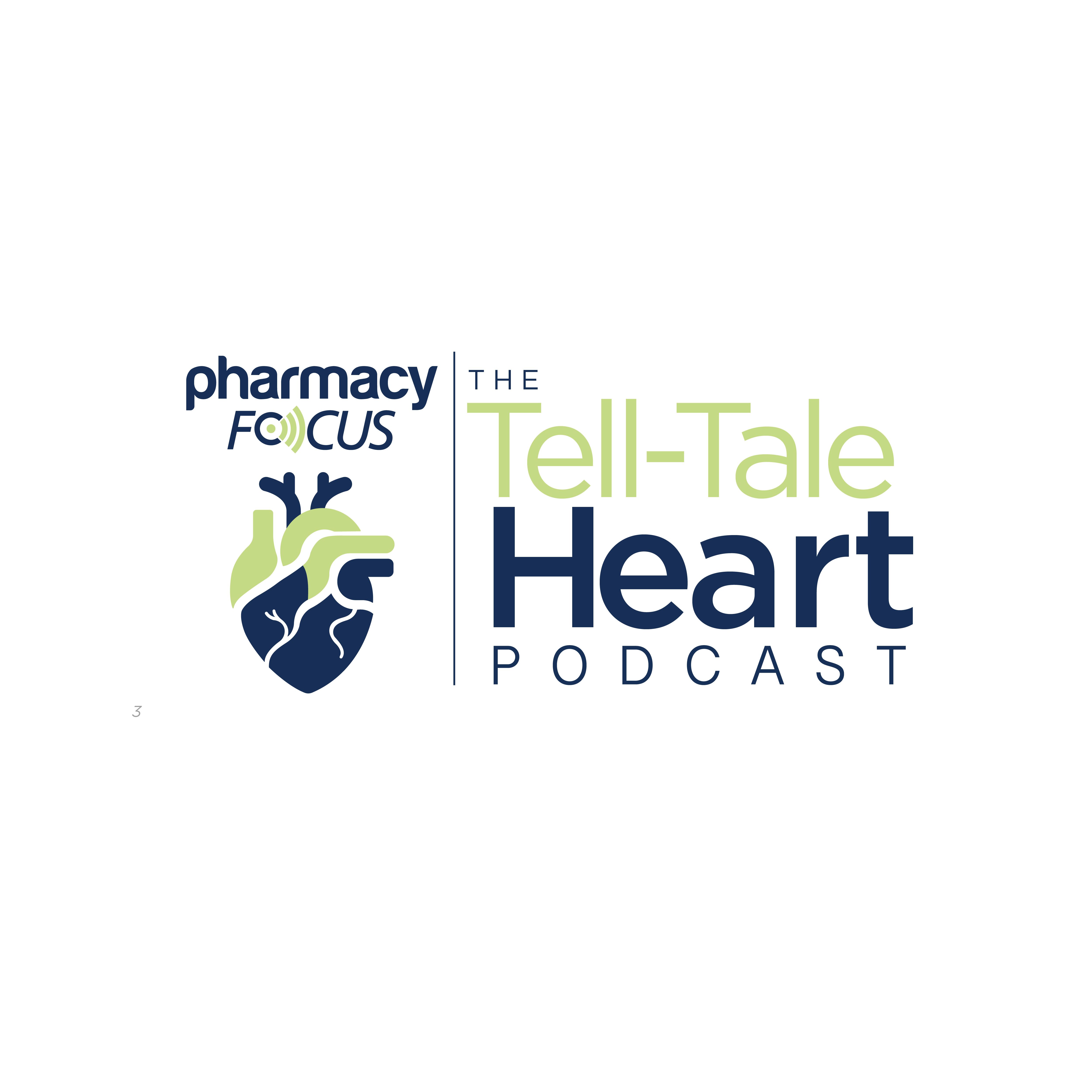News
Video
Semaglutide and Cardiovascular Risk Reduction: What the Latest Data Tell Us
John Buse, MD, PhD discusses the expanding role of GLP-1 receptor agonists in treatment of cardiovascular conditions.
At the American College of Cardiology 2025 Scientific Sessions, John Buse, MD, PhD, professor of medicine at the University of North Carolina Chapel Hill, discussed the latest findings on GLP-1 receptor agonists and their role in cardiovascular risk reduction. He highlighted key trials, including the LEADER trial (NCT01179048) with liraglutide (Victoza; Novo Nordisk) and recent studies on semaglutide, emphasizing the consistency of cardiovascular benefits across different formulations. Buse also addressed the expanding indications for GLP-1 receptor agonists, accessibility concerns, and the critical role of pharmacists in ensuring patient access to these medications.
Pharmacy Times: How do the results of the trial reinforce or expand the role of GLP-1 receptor agonists in cardiovascular risk reduction?
John Buse, MD, PhD: So, the first study to examine the role of GLP-1 receptor agonists in cardiovascular risk reduction was the LEADER trial with liraglutide. Subsequent to the development of semaglutide, a once-weekly product, additional trials were performed, including a trial for cardiovascular safety using the subcutaneous once-weekly semaglutide, as well as with the oral product once daily. And now, we have an adequately powered efficacy trial for semaglutide in the oral formulation.
At the end of the day, the primary endpoint examined heart attack, stroke, and cardiovascular death. The same cardiovascular endpoint has been used in all the cardiovascular outcome trials in this space, and what we showed was a 14% reduction in the risk of that primary endpoint—heart attack, stroke, and cardiovascular death—which is precisely what the result was for the meta-analysis across all the GLP-1 receptor agonist trials. So, I think it extends the observation and demonstrates that this oral formulation of semaglutide provides the same cardiovascular benefit overall that we've seen with injected GLP-1 receptor agonists before.
Pharmacy Times: How does the efficacy of oral semaglutide compare to injectable GLP-1 receptor agonists in terms of cardiovascular benefits?
Buse: The prior trials with semaglutide and other products have had variable results with regards to the primary end point—the reduction of heart attack, stroke, and cardiovascular death—some as high as 22%, some somewhat lower. But all the trials include a confidence interval, or a range of potential results that are compatible with the overall findings. And I would say that they all overlap. Some people felt, or hoped, that this larger trial would show results on the greater end of the spectrum of benefit, but in fact, it showed exactly the same result as we've seen overall with the other trials.
It is possible that the injected semaglutide is able to produce a more consistent and larger exposure to semaglutide and perhaps is associated with greater cardiovascular benefit. But that would be totally speculative. Based on the data, it seems that the cardiovascular benefit is identical.
Pharmacy Times: Access and affordability remain major barriers to GLP-1 receptor agonists. As their use expands to ASCVD, CKD, and other indications, do you anticipate these challenges will be exacerbated?
Buse: As the indications for use for GLP-1 receptor agonists expand, and with a greater level of evidence, both clinicians and patients may be excited—not only because these medications provide meaningful reductions in hemoglobin A1C, the major index of glycemic control, and improve weight loss, but also because there's now more data on reducing cardiovascular risk. The market is expanding. I do not think accessibility should be impacted by that. I actually hope—though time will tell—that as more and more people become interested in this class of medications, we will see a reduction in price, with the idea that the margin manufacturers need to obtain in marketing their products can be supported by larger numbers of people taking the drug. It doesn’t have to come from a substantial profit on each patient. But time will tell in that regard.
Already, there have been efforts—both from all the manufacturers of these agents—to improve access, both by producing more drug and also by lowering prices. A large segment of the population should take these medications. I think the data suggest that a large segment of the population should take these medications, but we need to make it affordable and a value proposition for payers like the federal government.
Yeah, and it's interesting—recent publications suggest that at a price of around $150 a month, these drugs would be cost-saving. They would actually reduce costs in our healthcare system. I think the unanswered question is: Which segment of the population is this really for? Is it everybody with any degree of overweight or obesity, down to teens—even children? Or are we talking about a group with a more modestly elevated risk—perhaps younger people with higher BMI? Or is it really middle-aged and older adults?
We need more sophisticated knowledge in this regard. And I do think pharmacists are the sort of "pointy end of the stick" when it comes to getting this work done. They understand these patients in a very personal way. They see these people quite often, and they're often the ones advocating with their providers—the physician providers, the prescribing providers, and the pharmacy benefit managers—to ensure that patients get the drugs they need.
Our pharmacists in our clinics are really the experts in how to get these drugs covered for the patients who need them.





